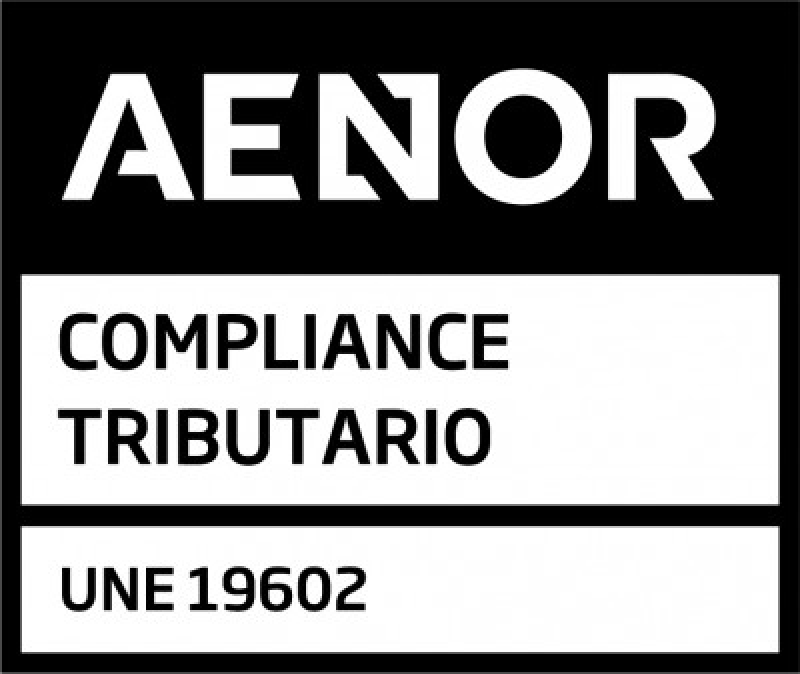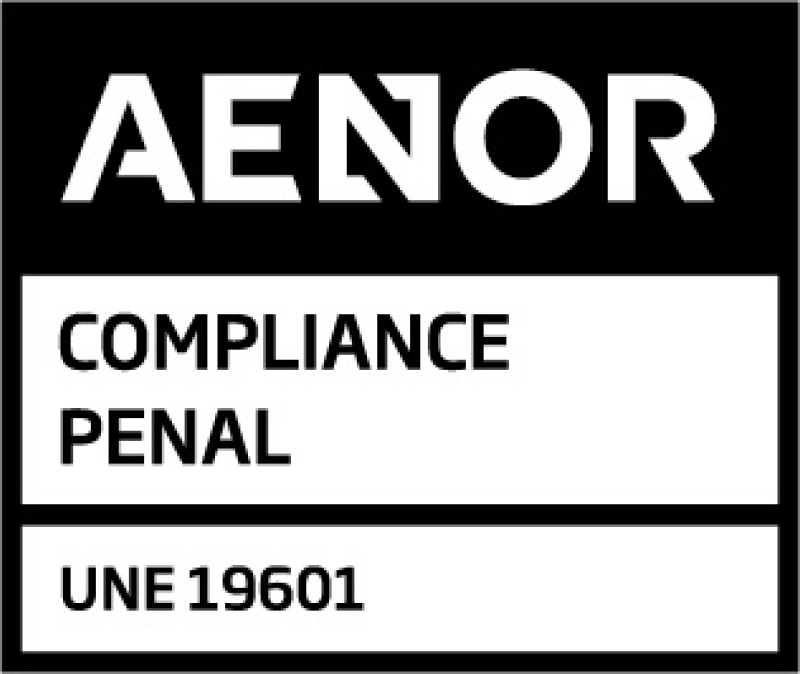Monedas del mundo
Te contamos la historia, rarezas y curiosidades de las divisas más importantes del mundo, cómo se crearon, cuáles son sus billetes y monedas y a cuánto está su cambio con la moneda Euro. Puedes elegir la moneda buscando el país en el listado.
Popular
A

Afganistán
AFN | Afganí

Albania
ALL | Lek
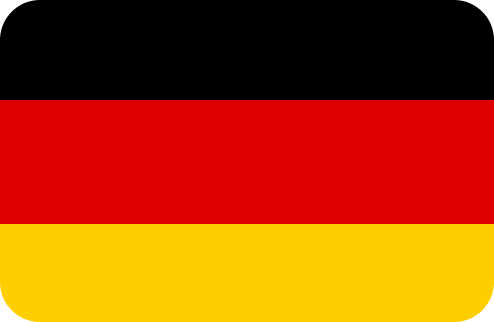
Alemania
EUR | Euro
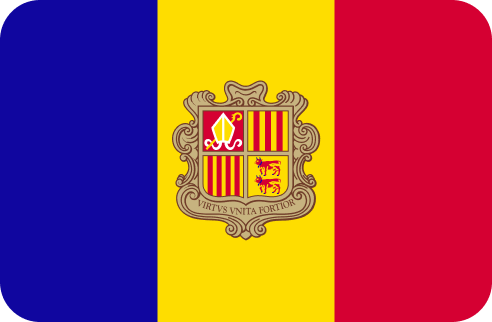
Andorra
EUR | Euro
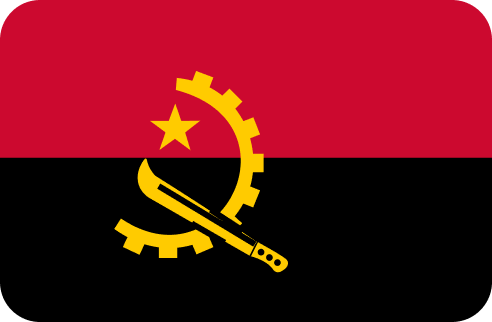
Angola
AOA | Kwanza Angola
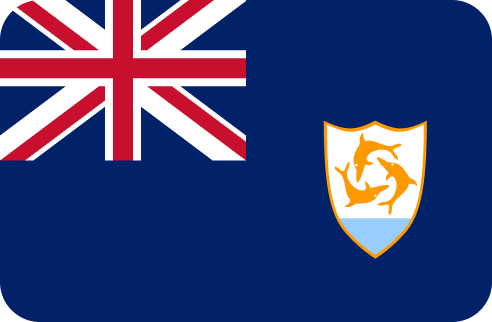
Anguila
XCD | Dólar Caribeño Oriental
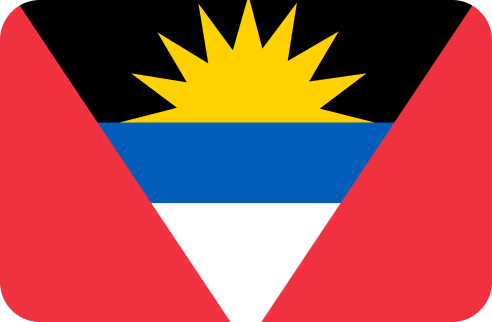
Antigua y Barbuda
XCD | Dólar Caribeño Oriental

Arabia Saudita
SAR | Rial Saudí
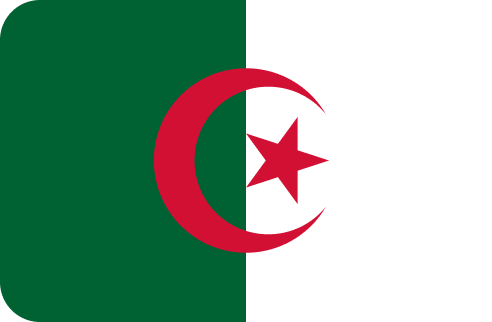
Argelia
DZD | Dinar argelino
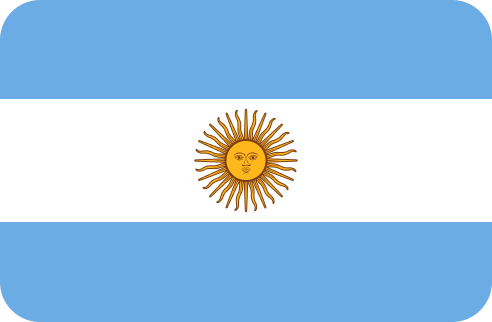
Argentina
ARS | Peso argentino
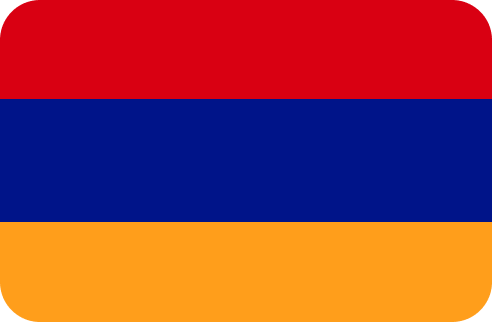
Armenia
AMD | Dram
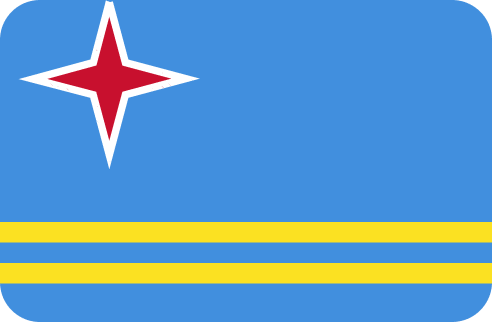
Aruba
AWG | Florín de Aruba
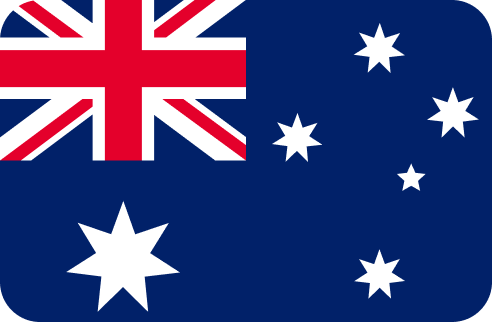
Australia
AUD | Dólar australiano
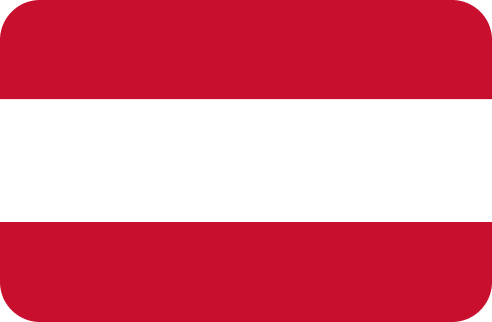
Austria
EUR | Euro

Azerbaiyán
AZN | Manat Azerí
B
C
D
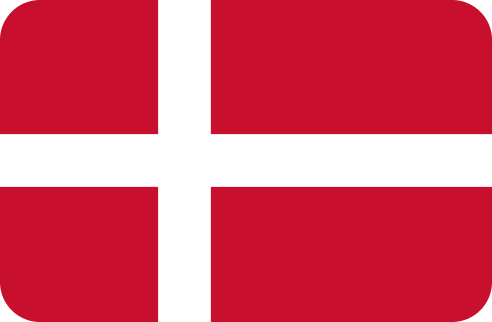
Dinamarca
DKK | Corona danesa
E
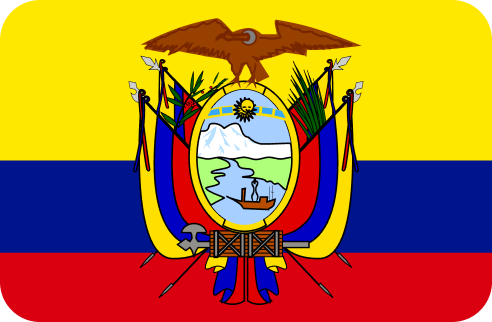
Ecuador
USD | Dólar estadounidense
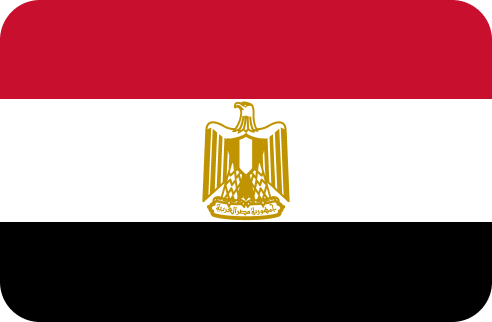
Egipto
EGP | Libra egipcia
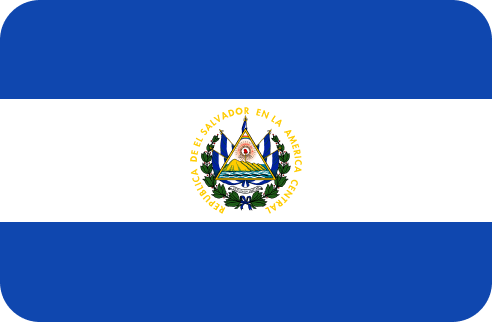
El Salvador
USD | Dólar estadounidense

Emiratos Árabes Unidos
AED | Dirham de Emiratos Árabes

Eslovaquia
EUR | Euro
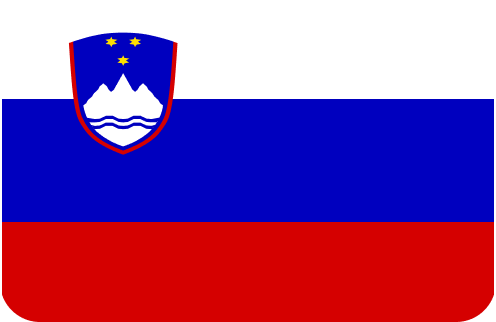
Eslovenia
EUR | Euro
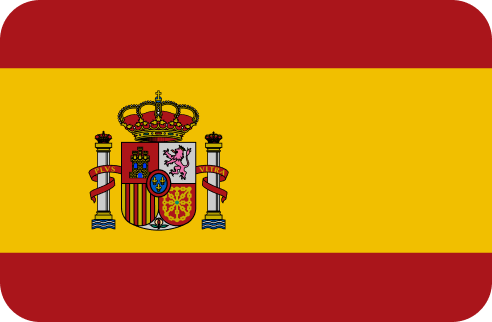
España
EUR | Euro

Estados Federados de Micronesia
USD | Dólar estadounidense
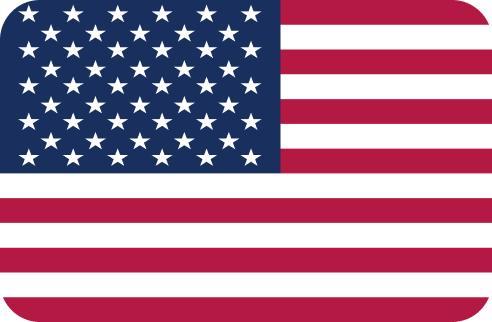
Estados Unidos de América
USD | Dólar estadounidense

Estonia
EUR | Euro
G
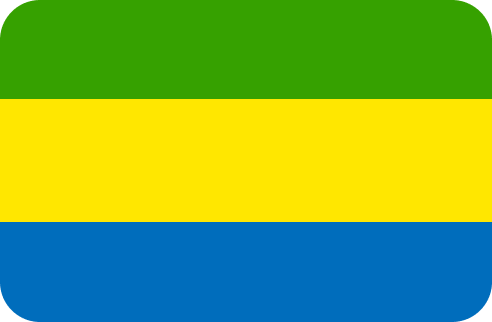
Gabón
XAF | Franco BEAC
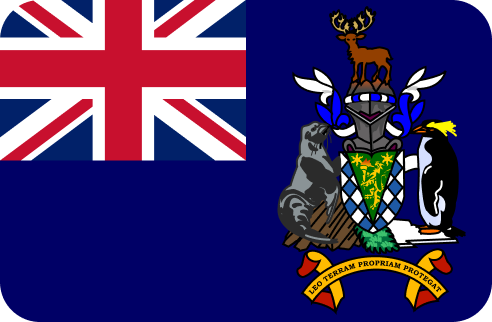
Georgia del Sur e Islas Sandwich del Sur
USD | Dólar estadounidense
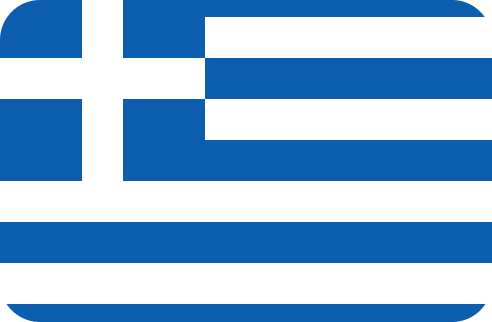
Grecia
EUR | Euro
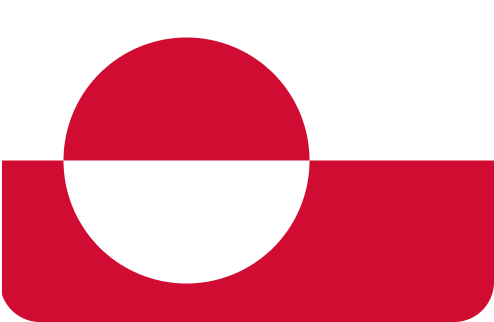
Groenlandia
DKK | Corona danesa

Guadalupe
EUR | Euro
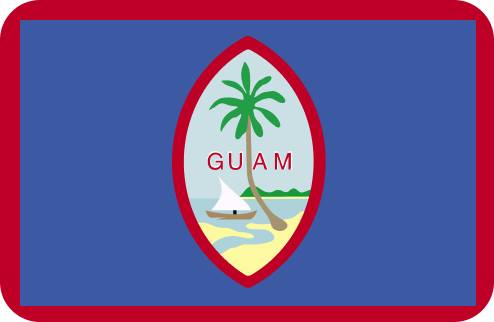
Guam
USD | Dólar estadounidense
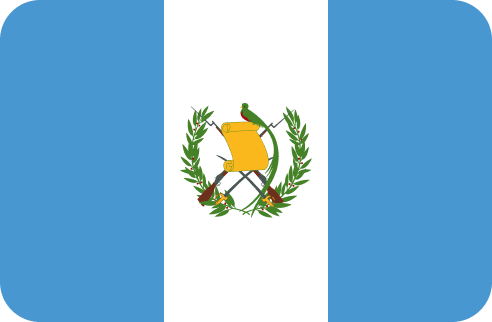
Guatemala
GTQ | Quetzal de Guatemala

Guayana Francesa
EUR | Euro
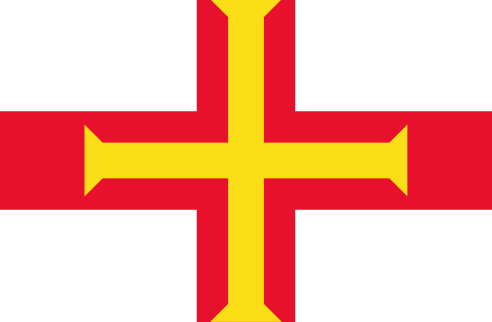
Guernsey
GBP | Libra esterlina
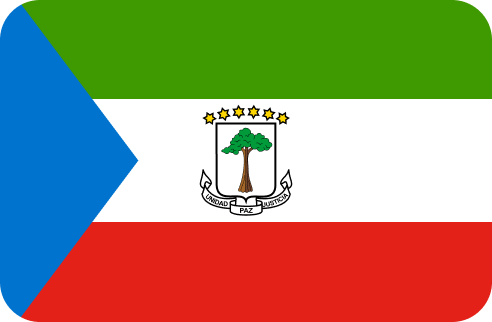
Guinea Ecuatorial
XAF | Franco BEAC
I
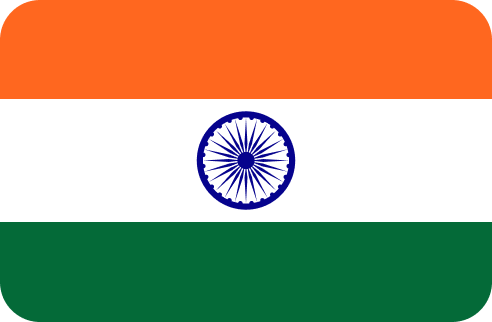
India
INR | Rupia india

Indonesia
IDR | Rupia indonesia
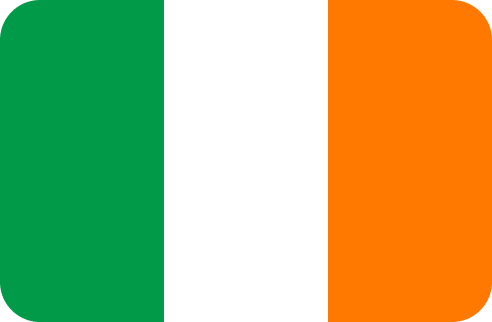
Irlanda
EUR | Euro
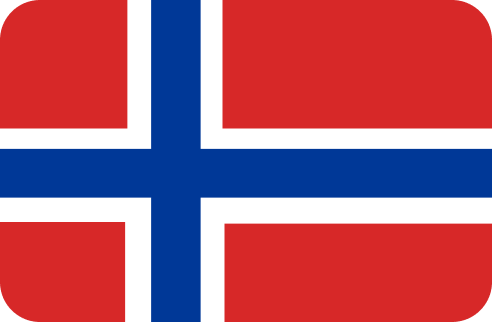
Isla Bouvet
NOK | Corona noruega
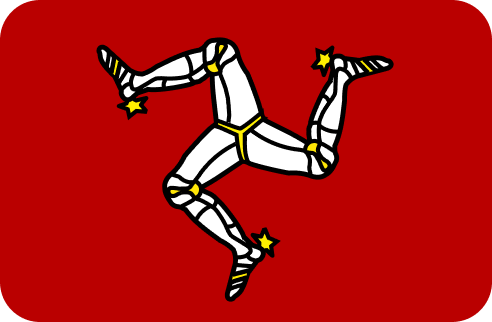
Isla de Man
GBP | Libra esterlina

Isla de Navidad
AUD | Dólar australiano
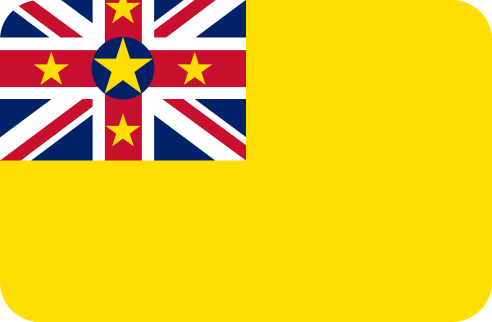
Isla Niue
NZD | Dólar neozelandés
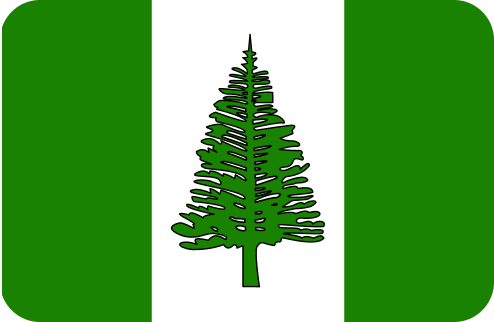
Isla Norfolk
AUD | Dólar australiano
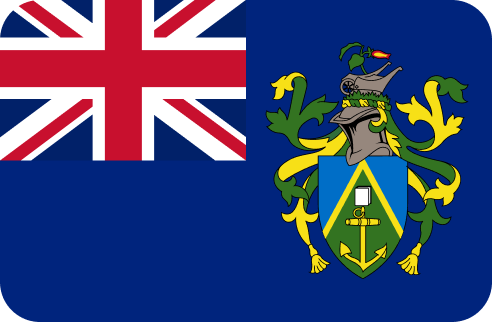
Isla Pitcairn
NZD | Dólar neozelandés
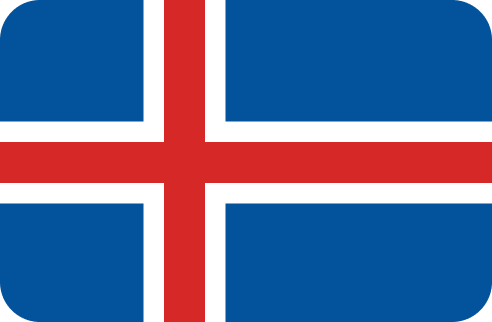
Islandia
ISK | Corona islandesa
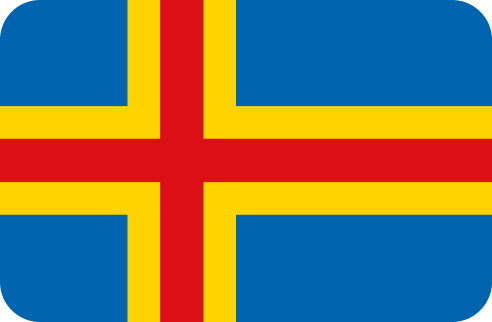
Islas Aland
EUR | Euro
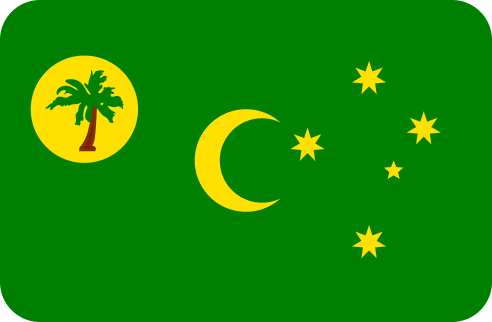
Islas Cocos
AUD | Dólar australiano
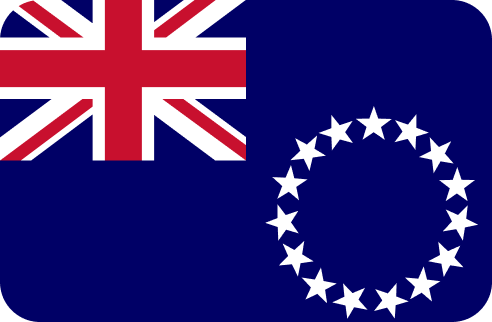
Islas Cook
NZD | Dólar neozelandés

Islas Feroe
DKK | Corona danesa
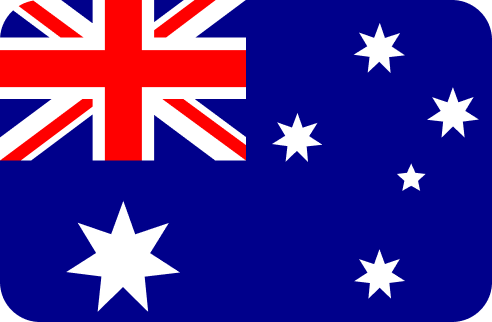
Islas Heard y Mc Donald
AUD | Dólar australiano
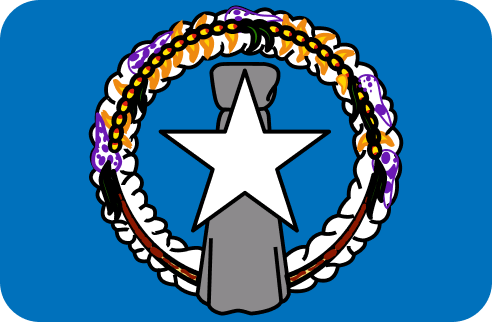
Islas Marianas del Norte
USD | Dólar estadounidense

Islas Marshall
USD | Dólar estadounidense

Islas Periféricas Menores de los EEUU
USD | Dólar estadounidense
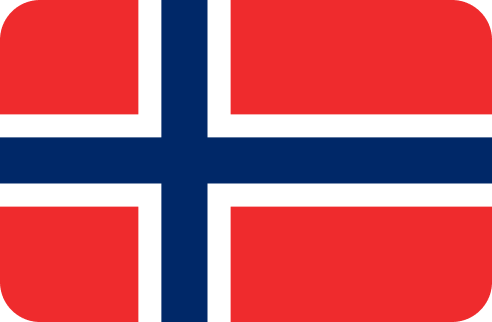
Islas Svalbard y Jan Mayen
NOK | Corona noruega
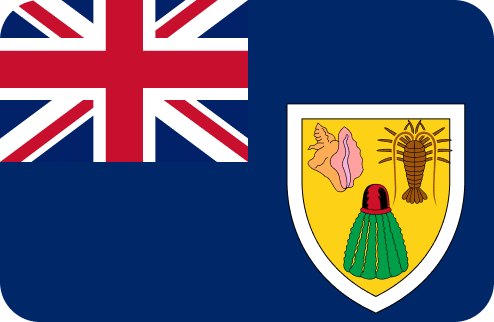
Islas Turcas y Caicos
USD | Dólar estadounidense
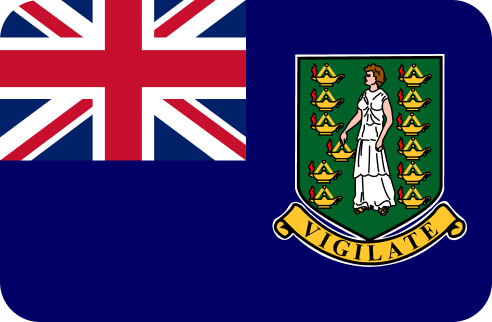
Islas Vírgenes Británicas
USD | Dólar estadounidense
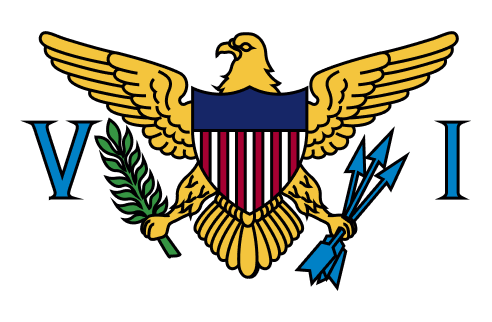
Islas Vírgenes de los EEUU
USD | Dólar estadounidense
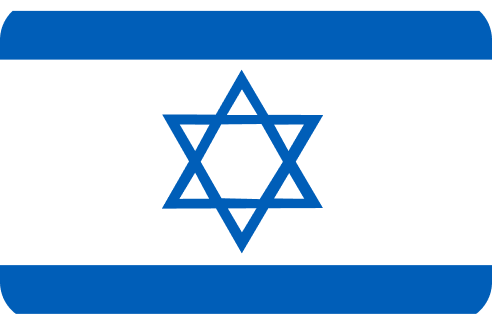
Israel
ILS | Séquel israelí
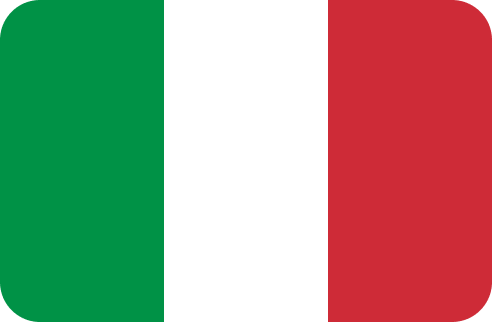
Italia
EUR | Euro
J
L
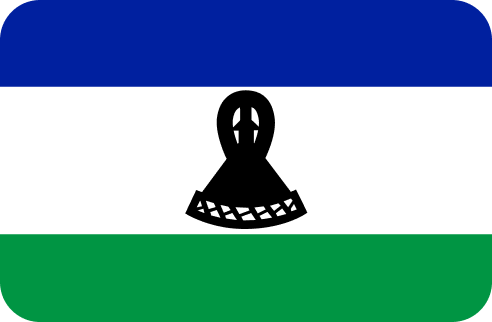
Lesoto
ZAR | Rand sudafricano
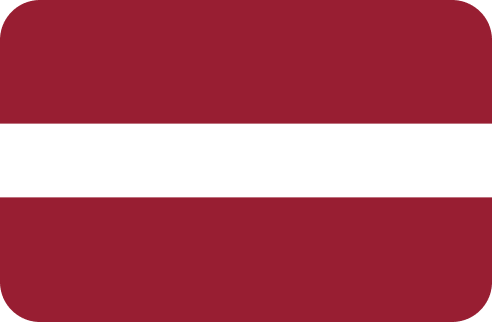
Letonia
EUR | Euro

Libano
LBP | Libra libanesa
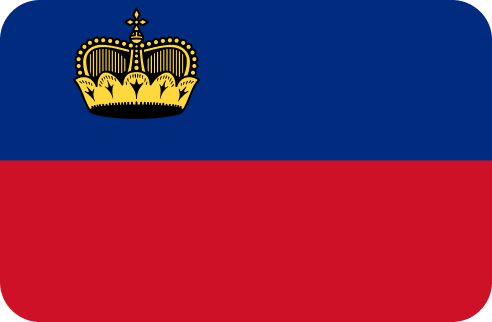
Liechtenstein
CHF | Franco suizo
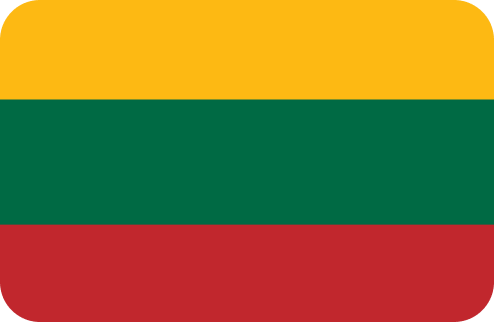
Lituania
EUR | Euro

Luxemburgo
EUR | Euro
M
N
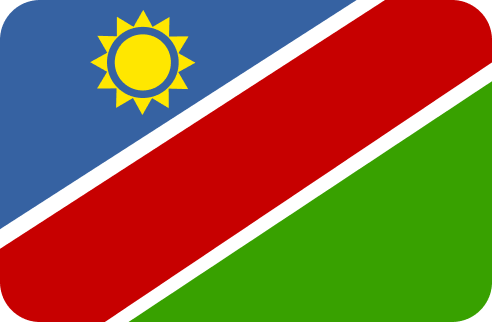
Namibia
ZAR | Rand sudafricano
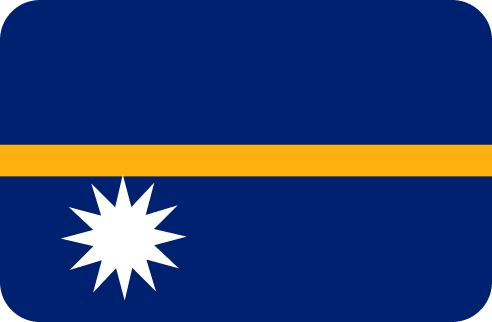
Nauru
AUD | Dólar australiano

Nepal
NPR | Rupia Nepalesa
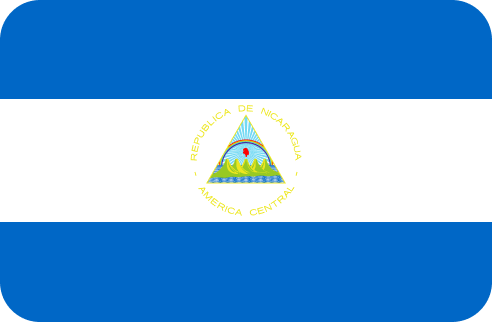
Nicaragua
NIO | Córdoba nicaragüense

Nigeria
NGN | Naira de Nigeria
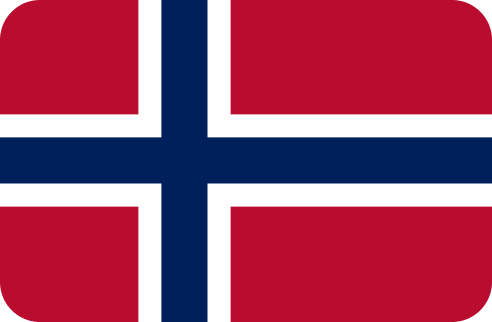
Noruega
NOK | Corona noruega
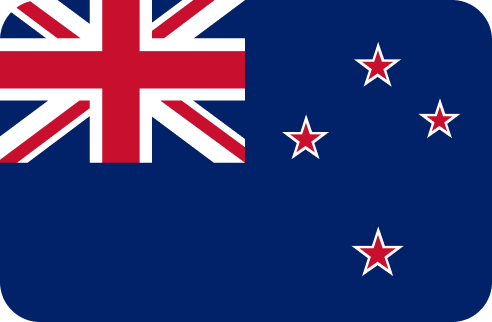
Nueva Zelanda
NZD | Dólar neozelandés
O

Omán
OMR | Rial omaní
P
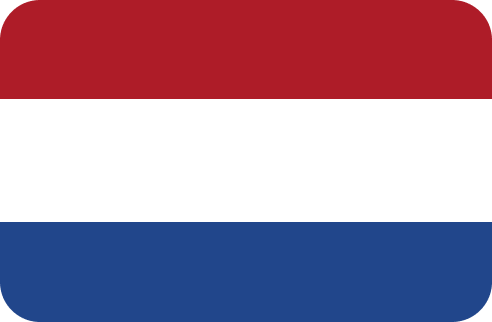
Países Bajos
EUR | Euro
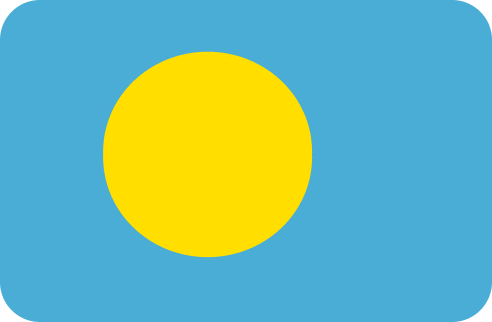
Palau
USD | Dólar estadounidense
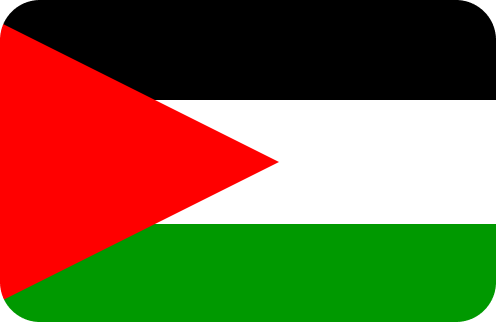
Palestina
ILS | Séquel israelí
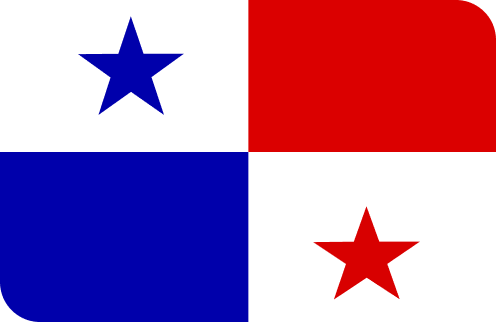
Panamá
USD | Dólar estadounidense
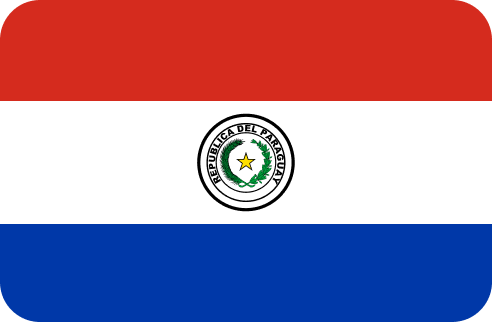
Paraguay
PYG | Guaraní paraguayo

Perú
PEN | Sol peruano
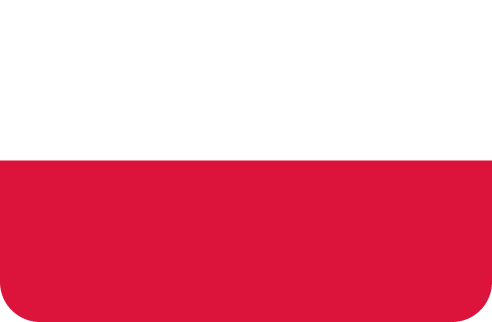
Polonia
PLN | Zloty polaco
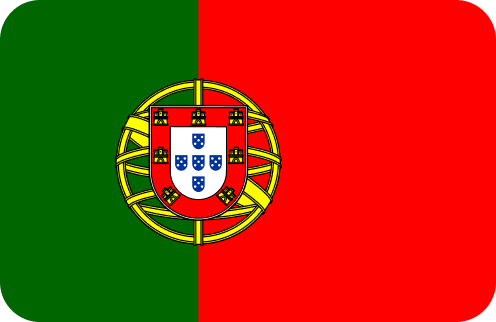
Portugal
EUR | Euro
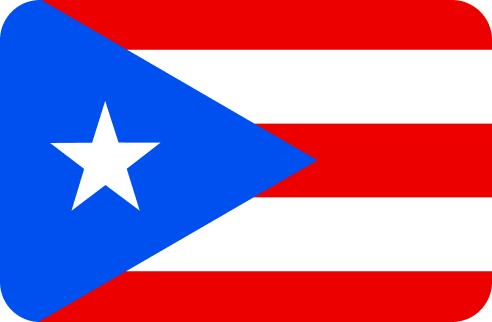
Puerto Rico
USD | Dólar estadounidense
Q

Qatar
QAR | Rial qatarí
R
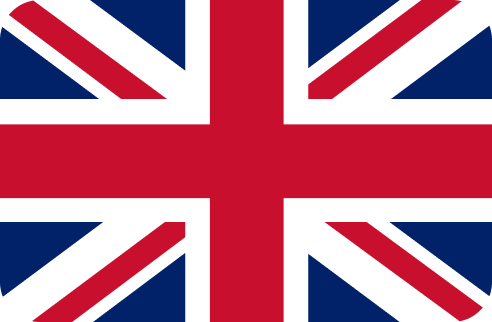
Reino Unido
GBP | Libra esterlina
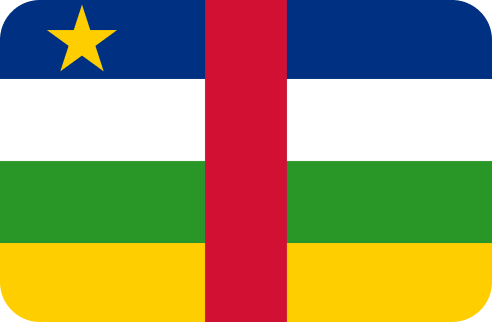
República Centro-Africana
XAF | Franco BEAC
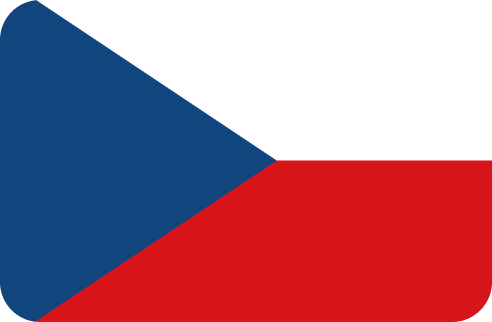
República Checa
CZK | Corona checa

República de Corea
KRW | Won surcoreano
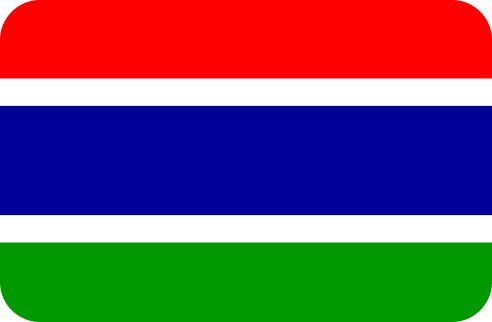
República de Gambia
GMD | Dalasi Gambia
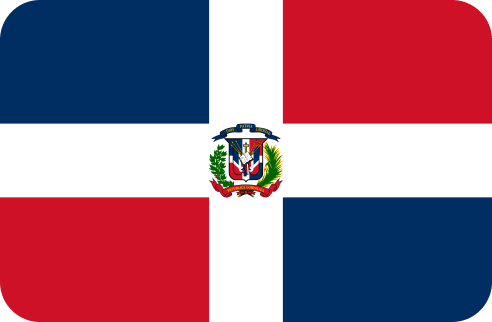
República Dominicana
DOP | Peso dominicano

Reunión
EUR | Euro
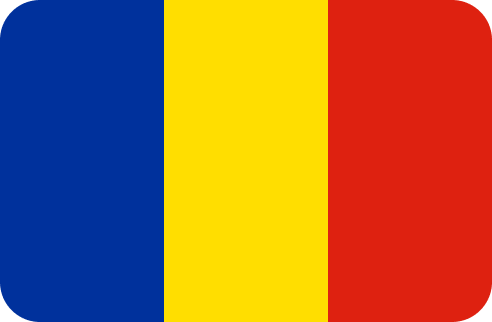
Rumanía
RON | Leu rumano
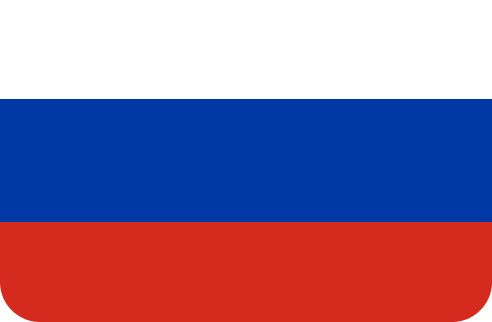
Rusia
RUB | Rublo ruso
S
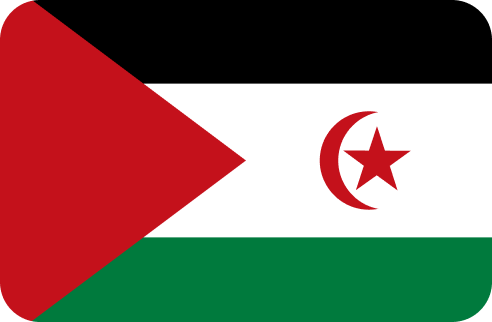
Sahara Occidental
MAD | Dirham marroquí
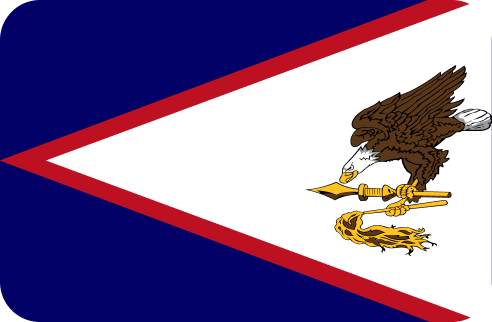
Samoa Americana
USD | Dólar estadounidense

San Bartolomé
EUR | Euro
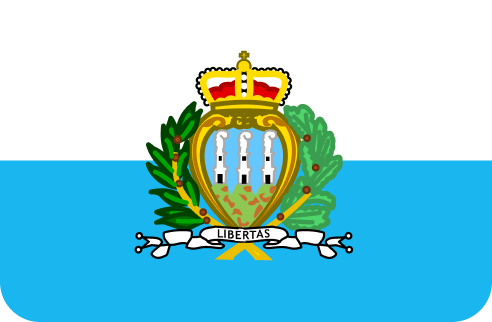
San Marino
EUR | Euro

San Martín
EUR | Euro

San Pedro y Miquelón
EUR | Euro
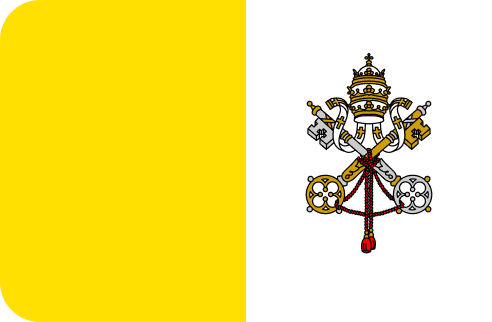
Santa Sede (Vaticano)
EUR | Euro
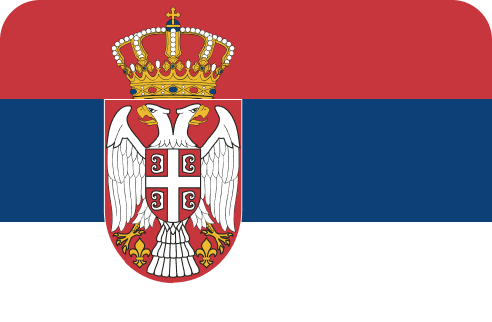
Serbia
RSD | Dinar serbio

Singapur
SGD | Dólar de Singapur
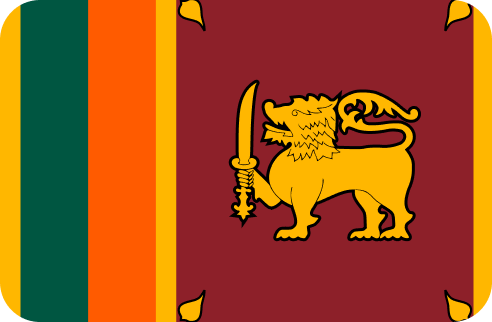
Sri Lanka
LKR | Rupia de Sri Lanka
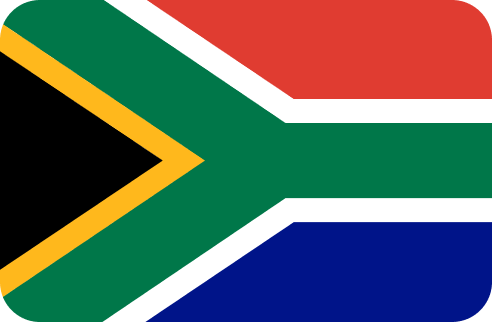
Sudáfrica
ZAR | Rand sudafricano
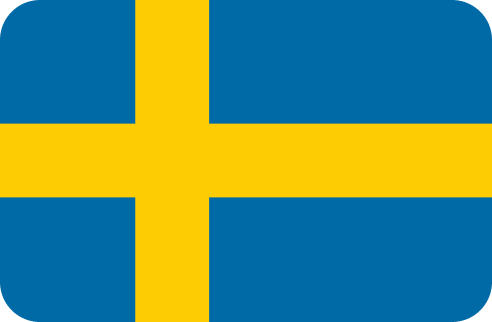
Suecia
SEK | Corona sueca

Suiza
CHF | Franco suizo
T
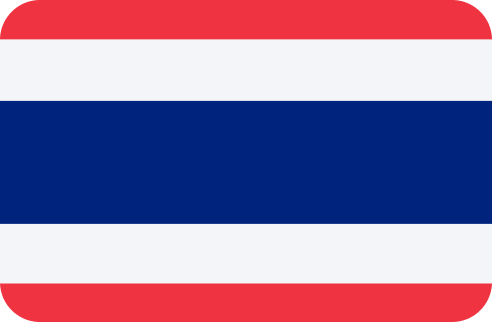
Tailandia
THB | Baht tailandés
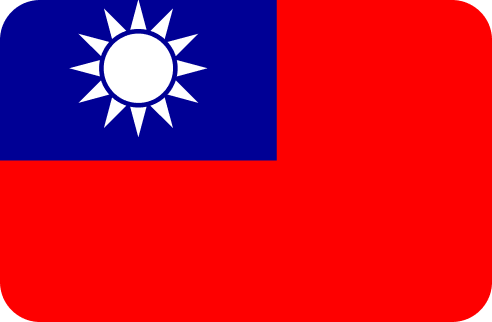
Taiwán
TWD | Dólar taiwanés
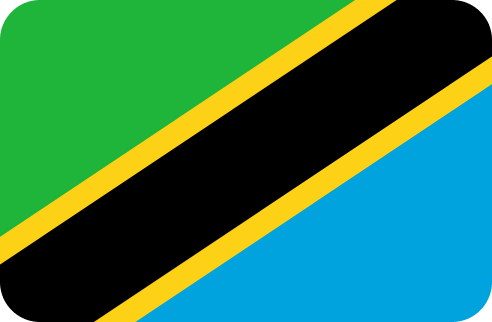
Tanzania
TZS | Chelín tanzano
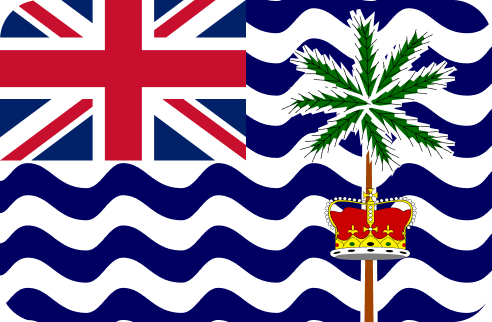
Territorio Británico del Océano Índico
USD | Dólar estadounidense
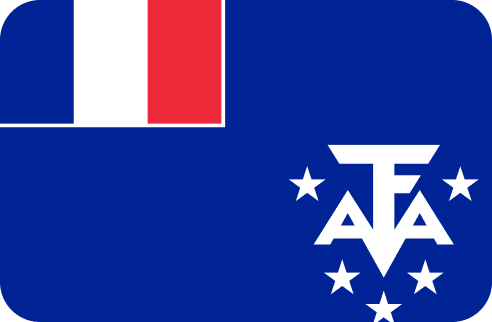
Territorios Australes Franceses
EUR | Euro
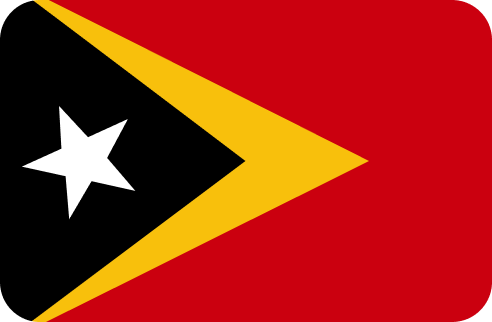
Timor Oriental
USD | Dólar estadounidense

Tokelau
NZD | Dólar neozelandés
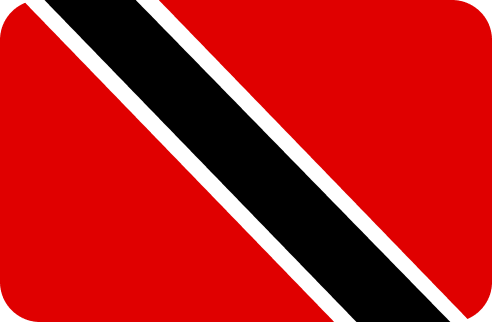
Trinidad y Tobago
TTD | Dólar de Trinidad y Tobago

Túnez
TND | Dinar tunecino

Turquía
TRY | Lira turca
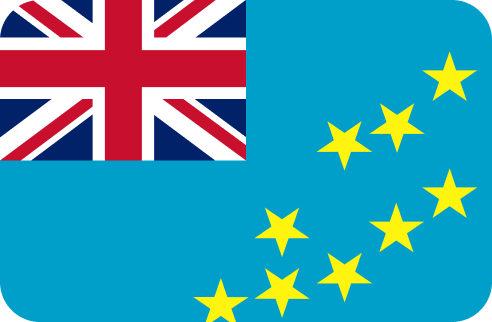
Tuvalu
AUD | Dólar australiano
U

Ucrania
UAH | Grivna ucraniana
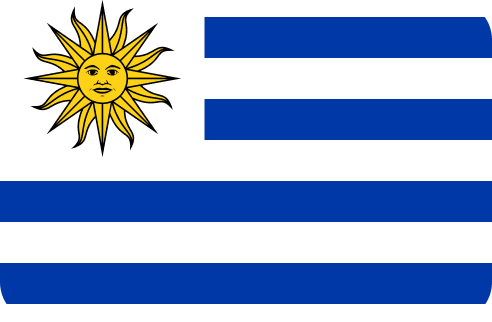
Uruguay
UYU | Peso uruguayo
V
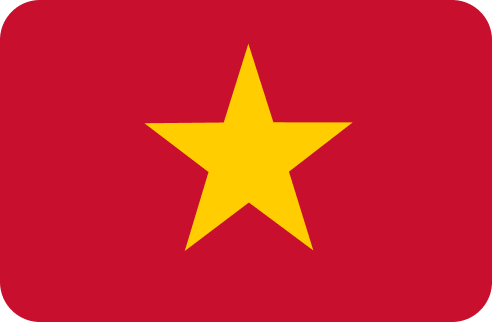
Vietnam
VND | Dong vietnamita



